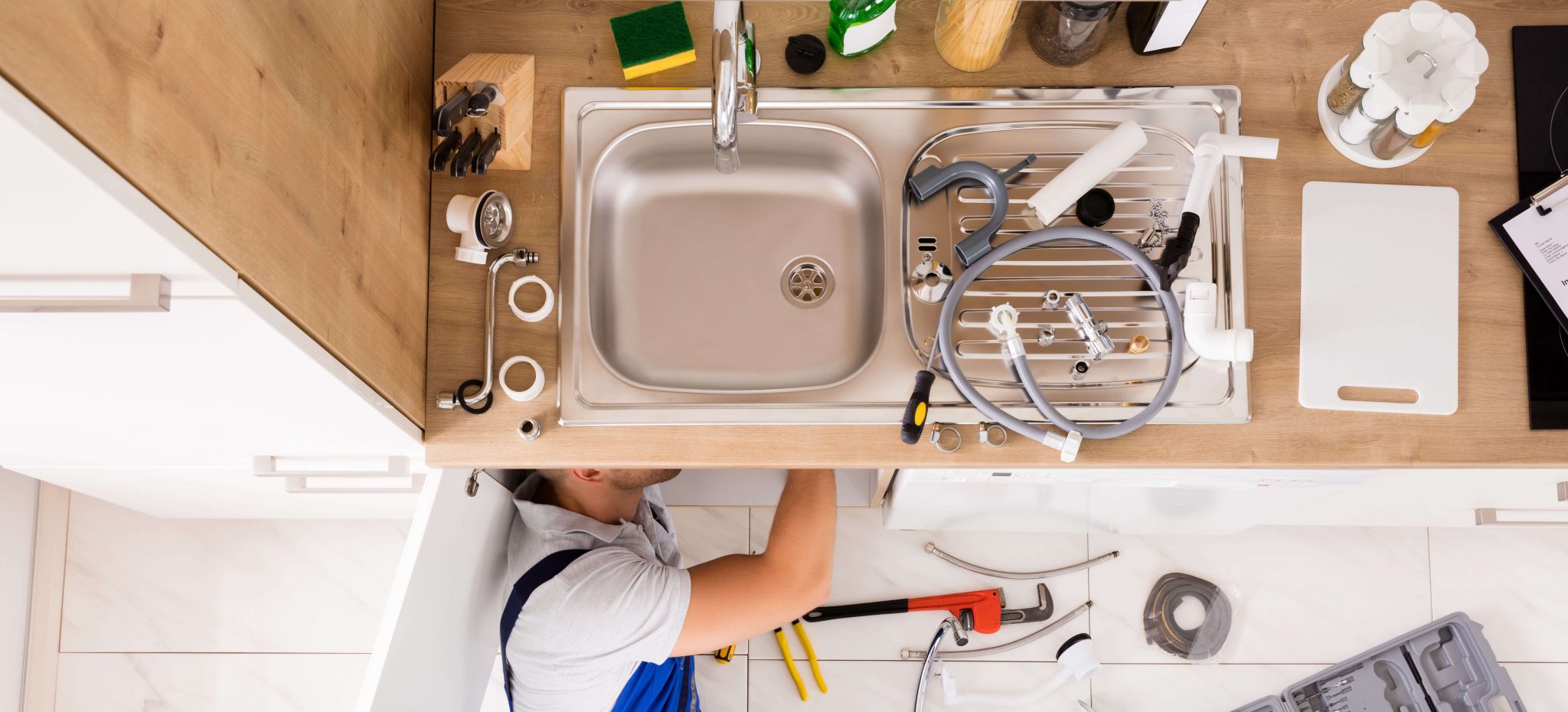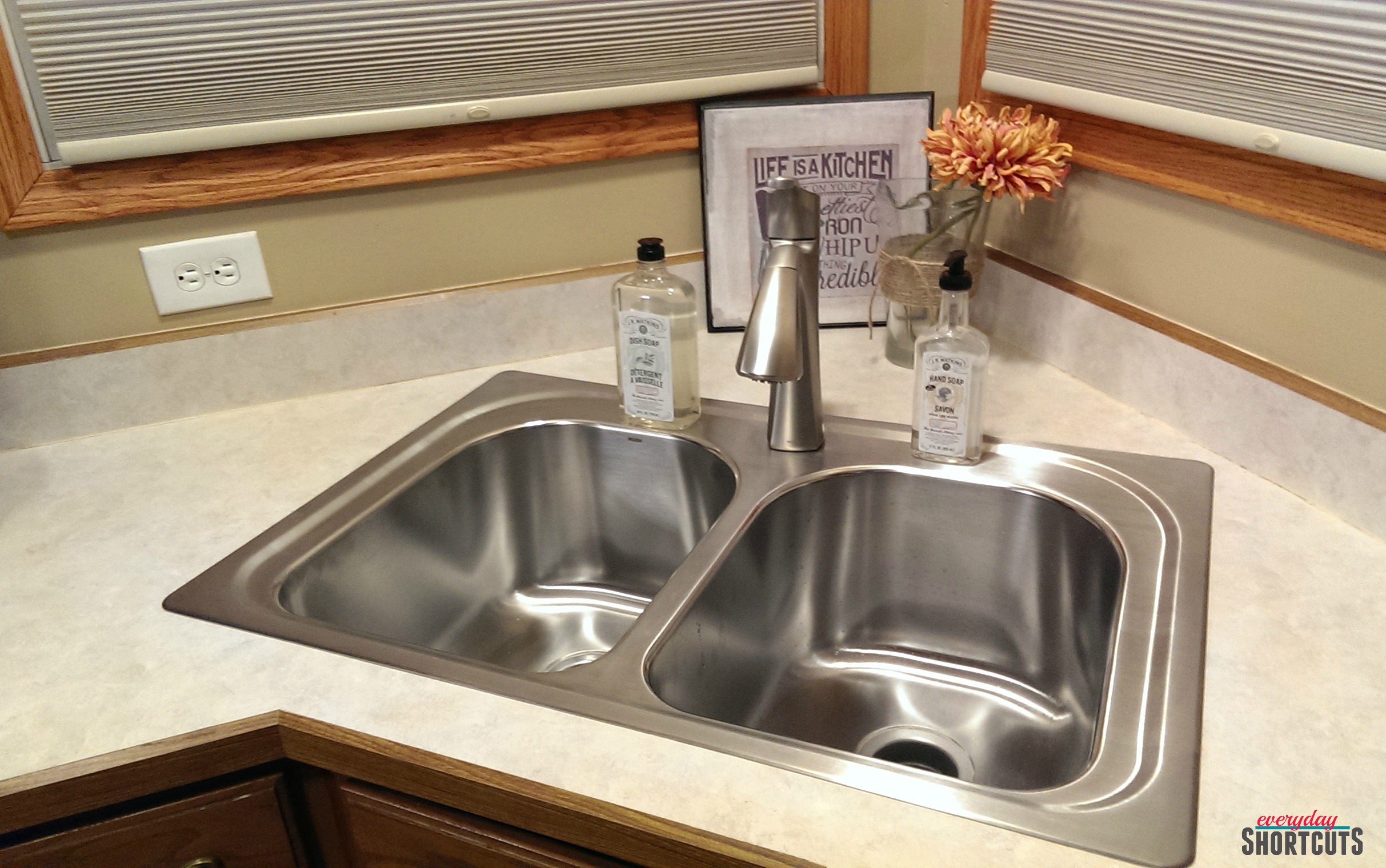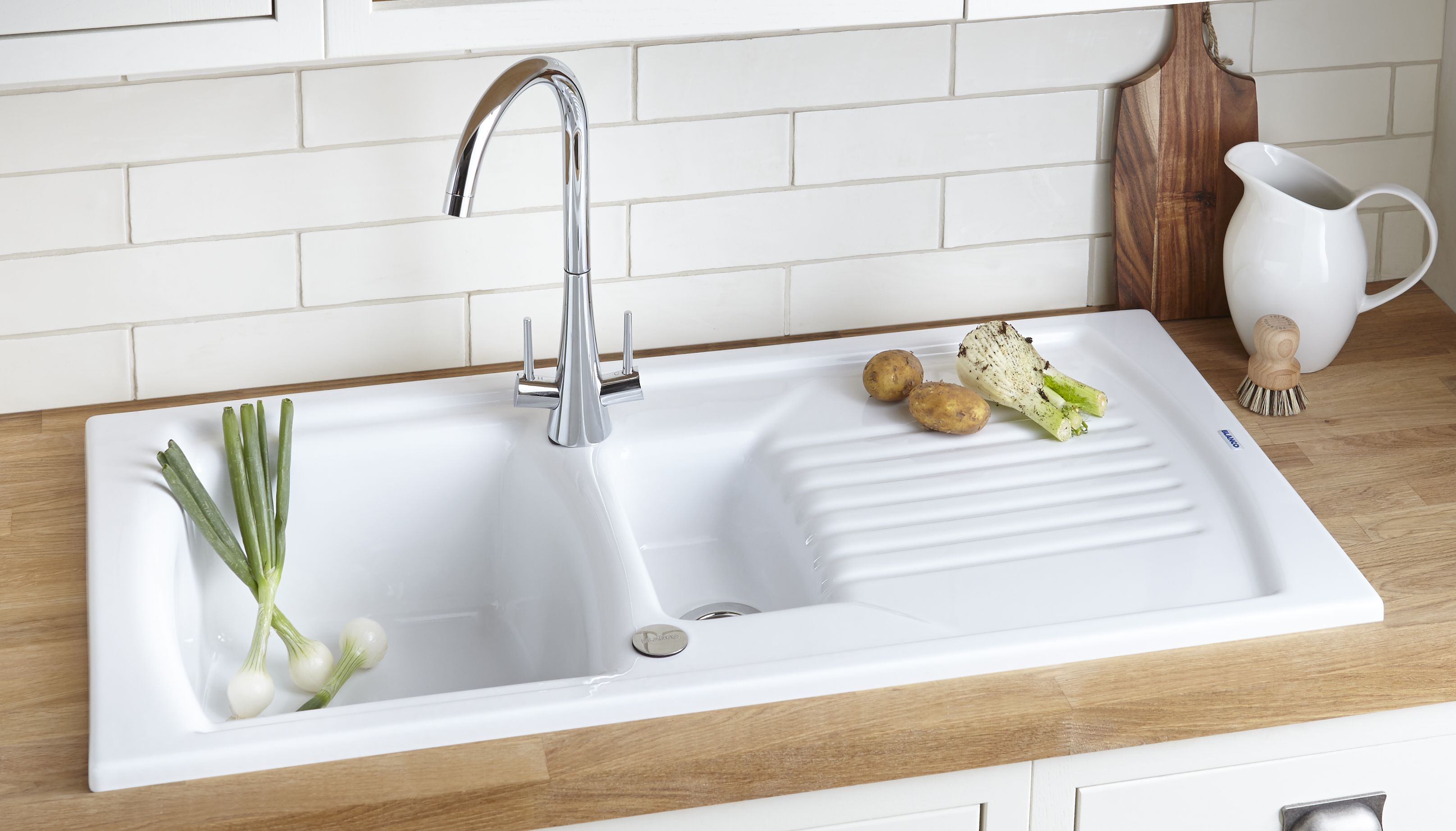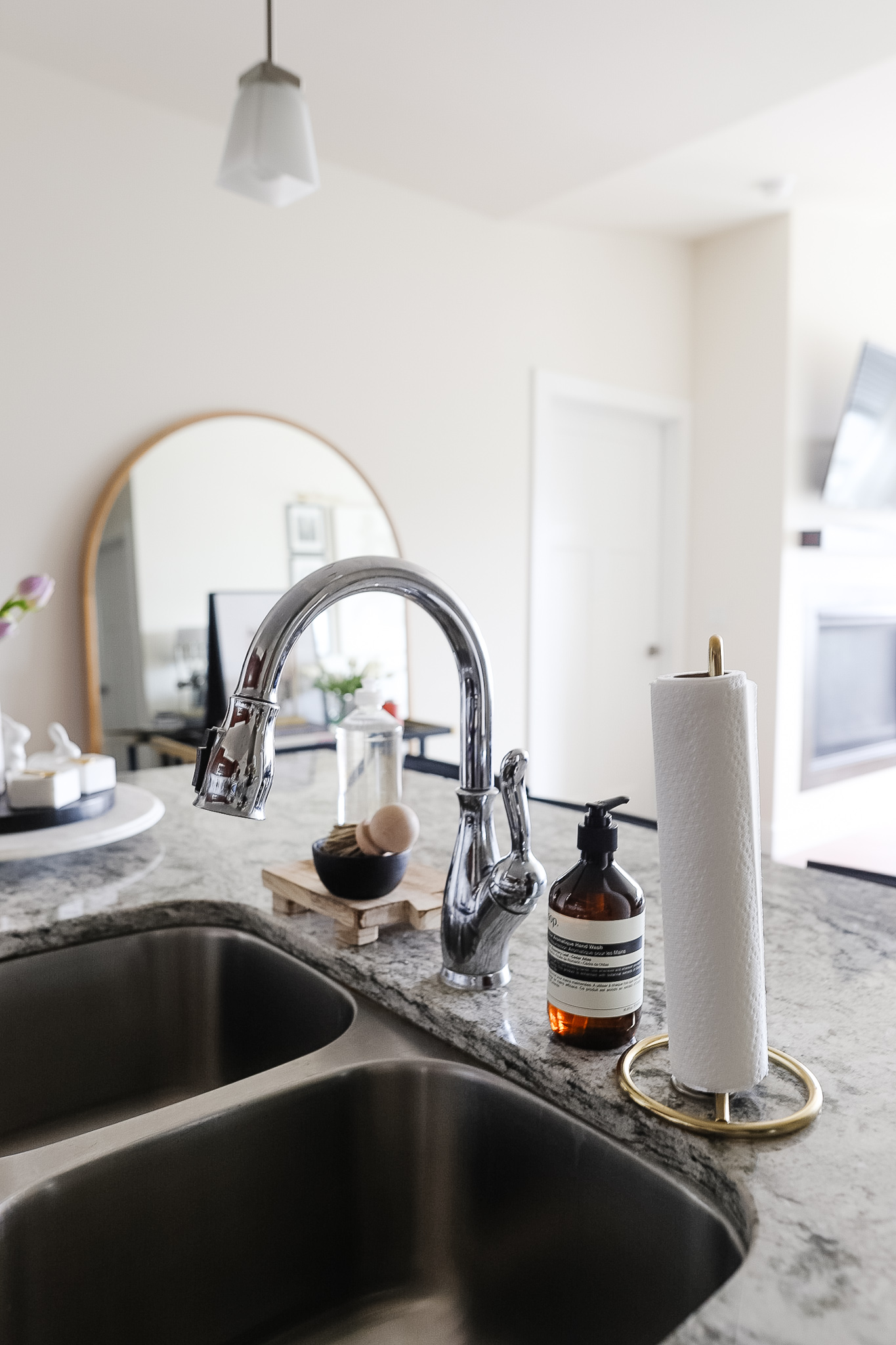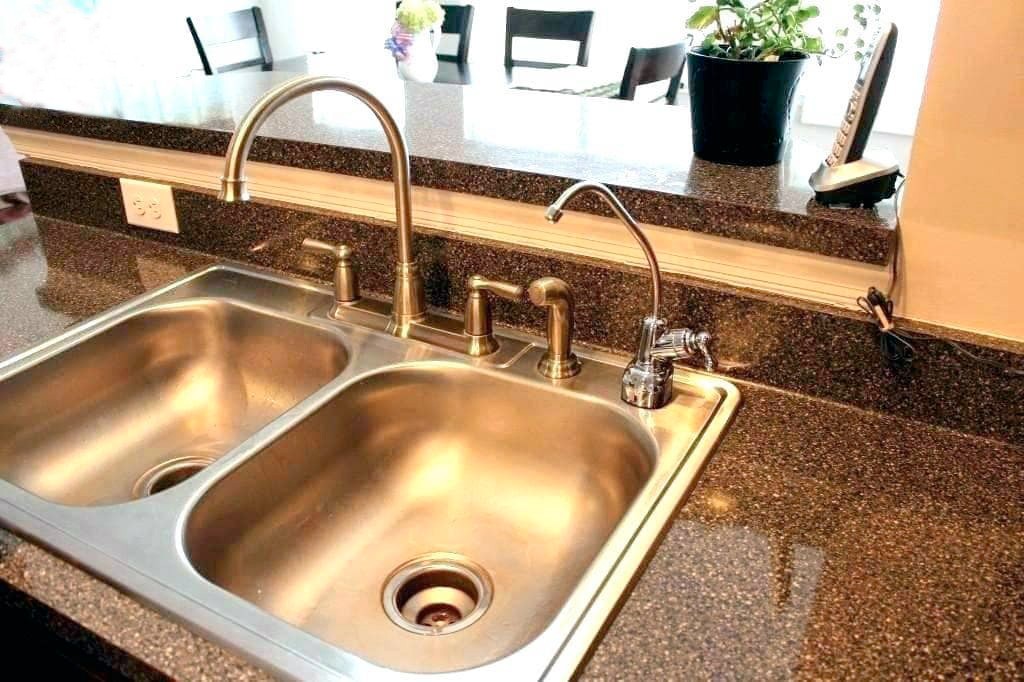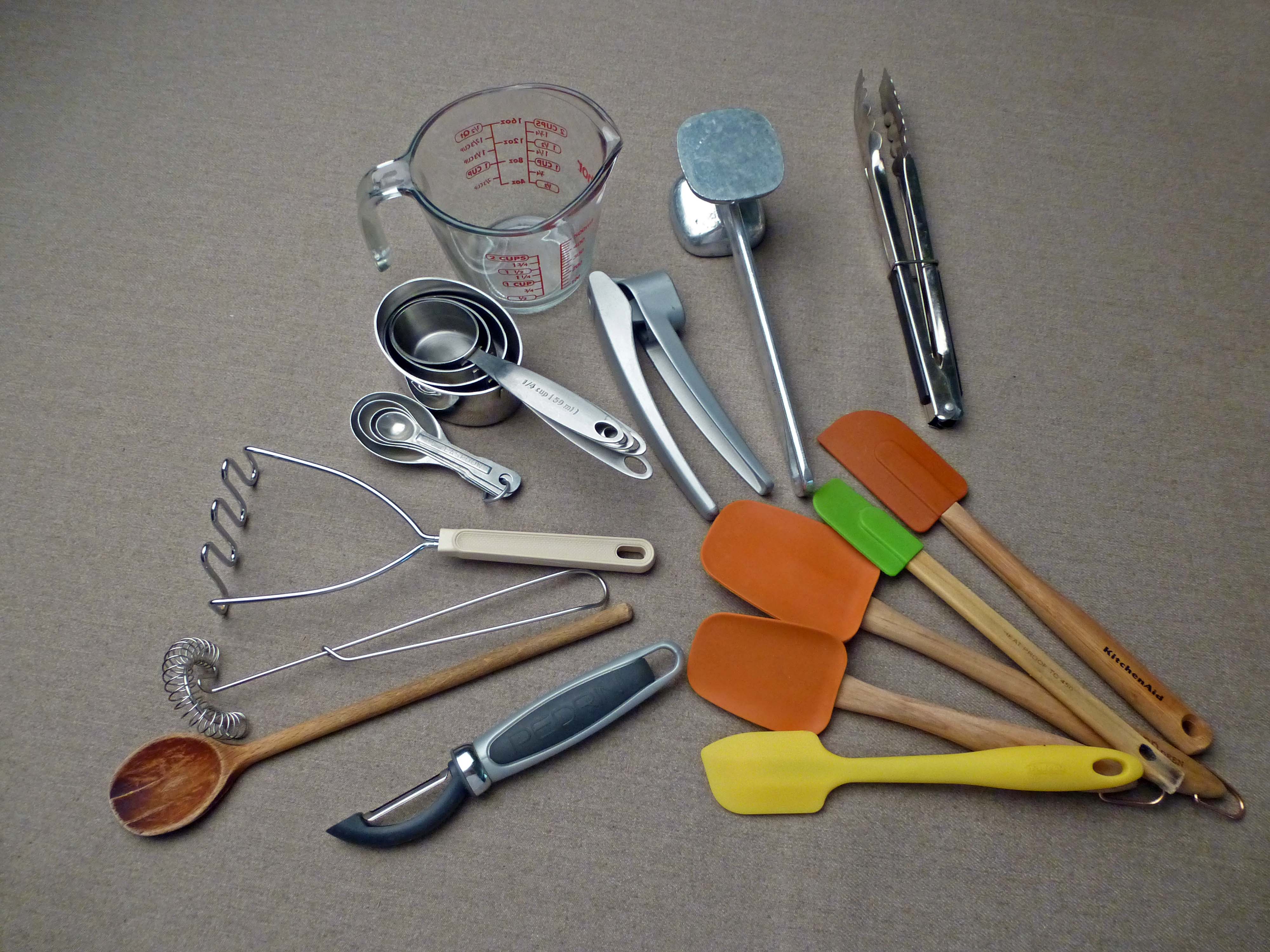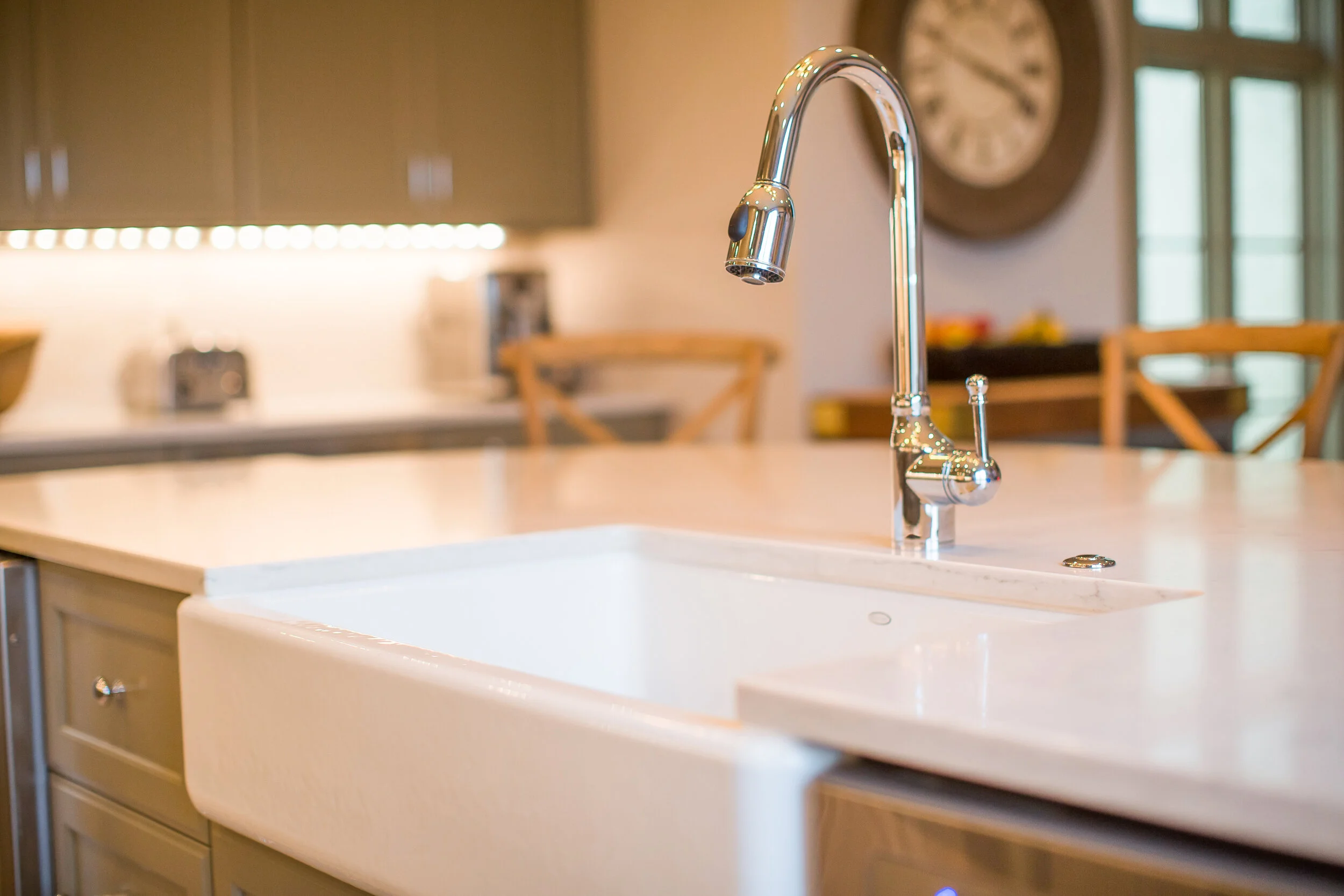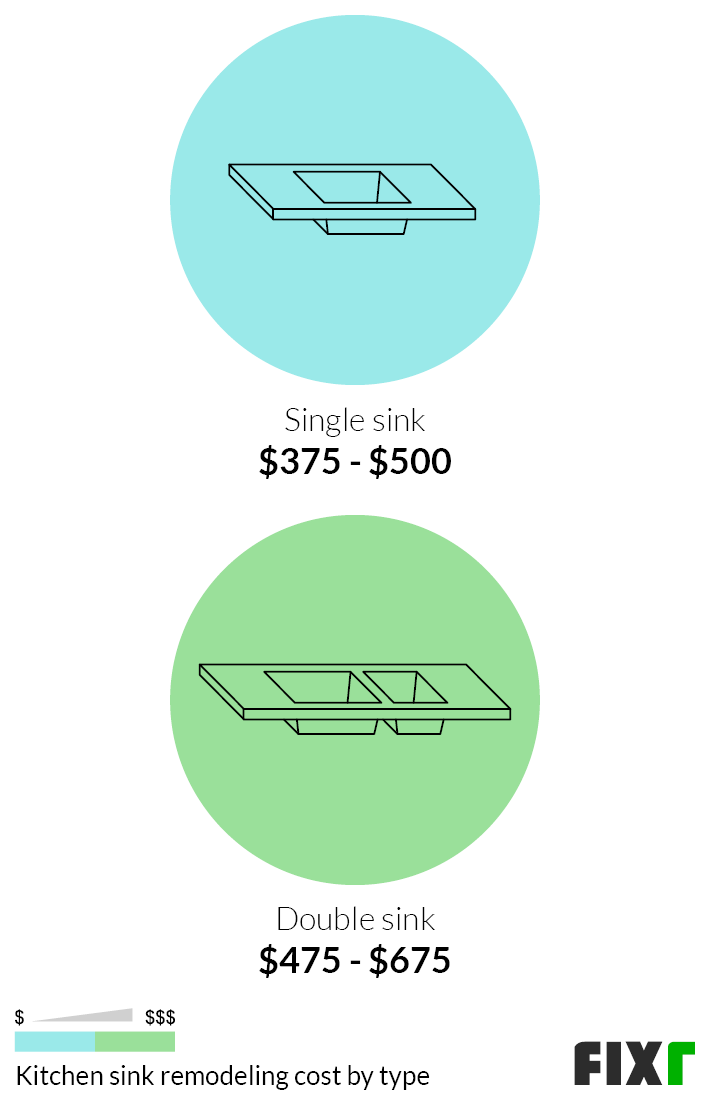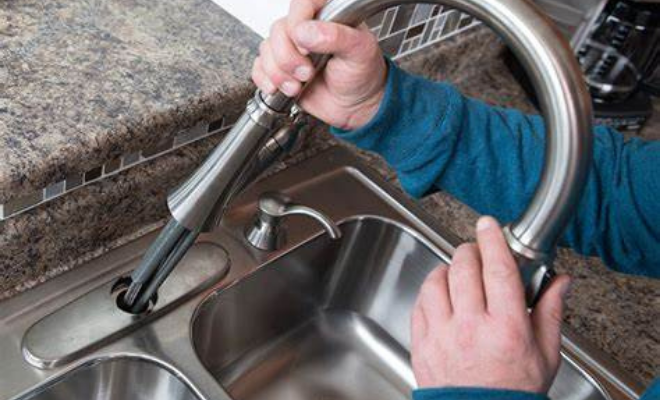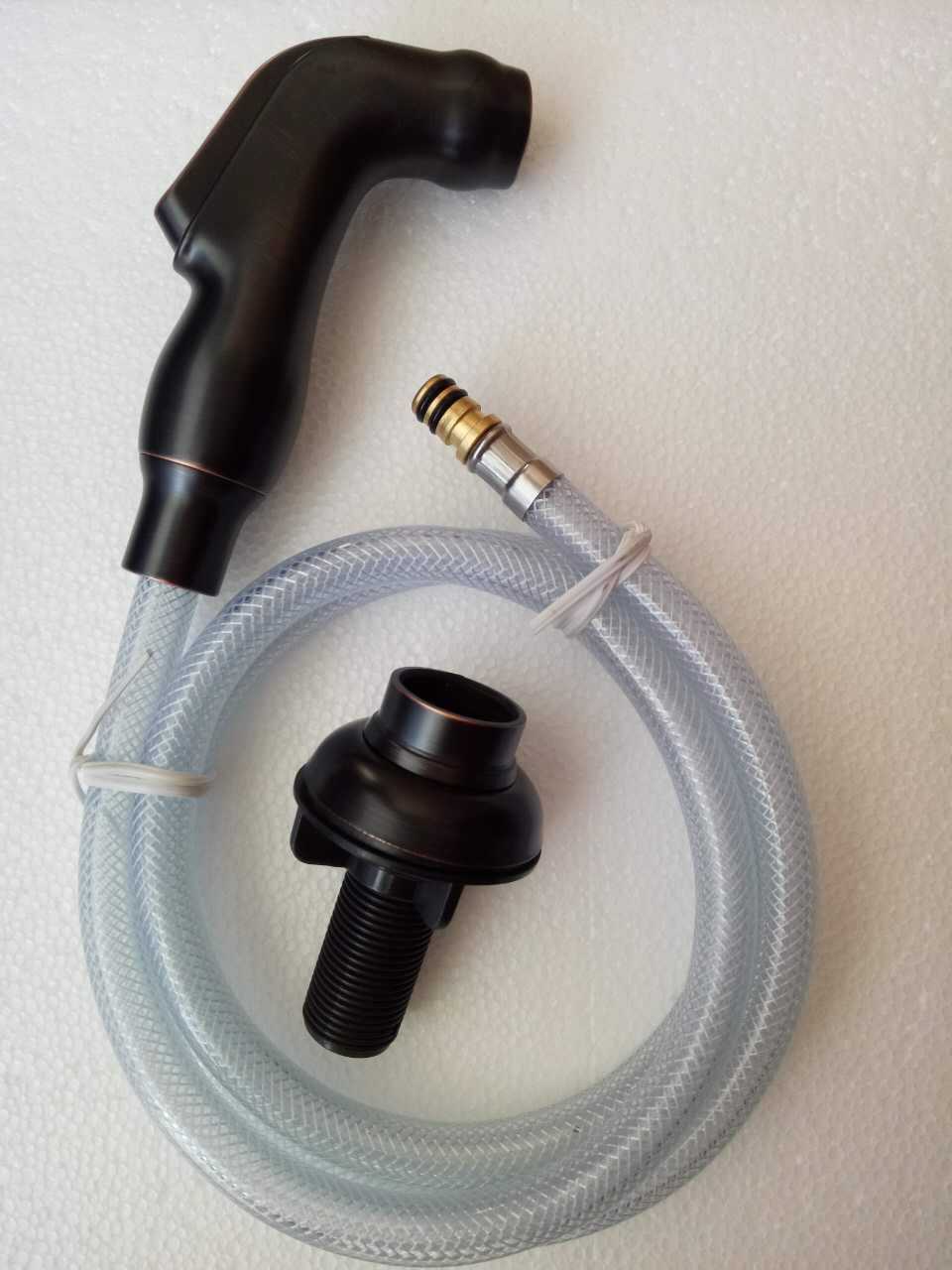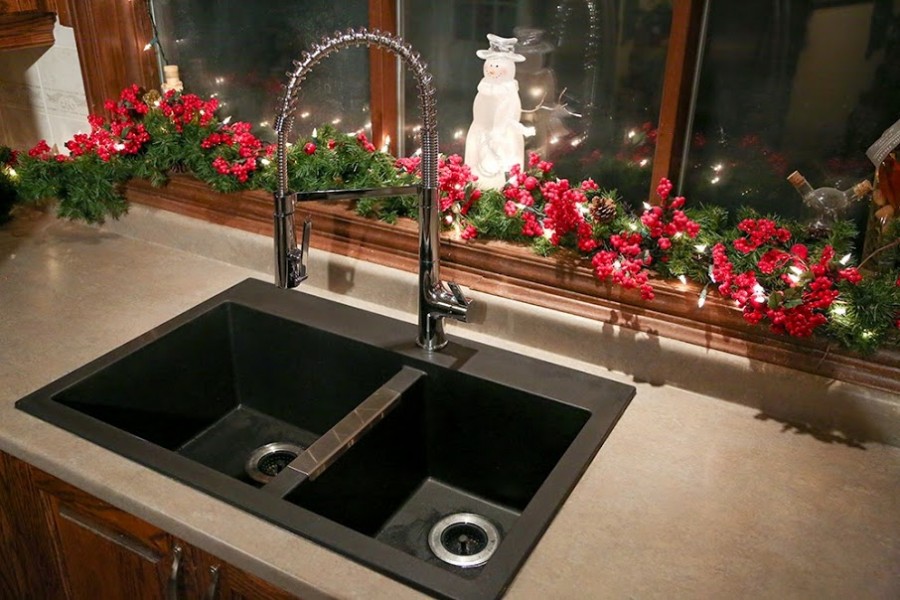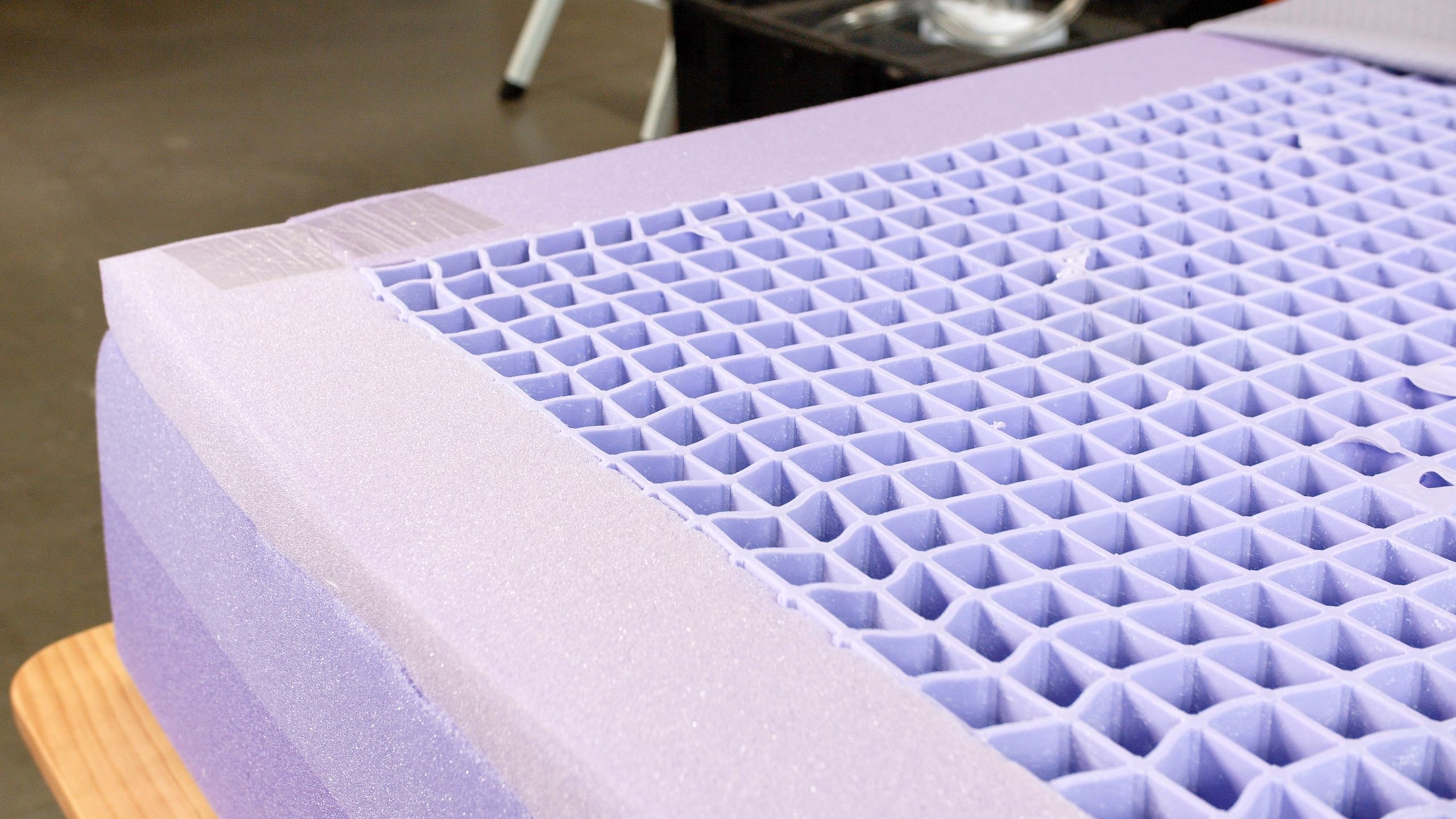1. How to Replace a Kitchen Sink
Replacing a kitchen sink may seem like a daunting task, but with the right tools and knowledge, it can be a DIY project that will save you time and money. Whether you're looking to upgrade your sink or simply need to replace a damaged one, here is a step-by-step guide on how to replace a kitchen sink.
2. Replacing a Kitchen Sink: Step-by-Step Guide
The first step in replacing a kitchen sink is to turn off the water supply. This can usually be done by turning off the shut-off valves located under the sink. Next, disconnect the supply lines and the drain pipes from the old sink. If you're unsure how to do this, consult a professional or refer to the manufacturer's instructions.
3. DIY Kitchen Sink Replacement
With the water supply turned off and the old sink disconnected, it's time to remove the old sink. Start by loosening the clips or brackets that hold the sink in place. Once the sink is free, carefully lift it out of the countertop. If there is caulking or adhesive holding the sink in place, use a putty knife to loosen it before lifting the sink out.
4. Replacing a Kitchen Sink: Tips and Tricks
When choosing a new sink, make sure to measure the opening in your countertop to ensure a proper fit. It's also a good idea to choose a sink with the same number of holes as your old sink, unless you plan on drilling new ones. Additionally, consider the material of the sink and choose one that fits your budget and aesthetic preferences.
5. Replacing a Kitchen Sink: Common Mistakes to Avoid
One common mistake people make when replacing a kitchen sink is forgetting to turn off the water supply. This can lead to a messy and potentially damaging situation. Another mistake is not properly sealing the new sink to the countertop, which can result in leaks and water damage. Take your time and double check your work to avoid these mistakes.
6. Tools and Materials Needed to Replace a Kitchen Sink
Before beginning the replacement process, make sure you have all the necessary tools and materials. These may include a screwdriver, adjustable wrench, putty knife, plumber's putty, and silicone caulk. You may also need a hacksaw or pipe cutter if you need to adjust the length of the supply lines or drain pipes.
7. Replacing a Kitchen Sink: Cost and Time Estimate
The cost of replacing a kitchen sink will vary depending on the type of sink you choose and whether you hire a professional or do it yourself. On average, the cost can range from $200 to $500. As for the time estimate, it can take anywhere from 1-3 hours, depending on your skill level and the condition of your plumbing.
8. Replacing a Kitchen Sink: Professional vs DIY
Deciding whether to hire a professional or do it yourself can be a tough decision. If you're not confident in your plumbing skills, it's best to hire a professional to ensure the job is done correctly. However, if you're up for the challenge and have the necessary tools and knowledge, DIY can be a cost-effective option.
9. How to Choose the Right Kitchen Sink for Replacement
When choosing a new kitchen sink, it's important to consider the size, material, and style. Stainless steel and porcelain are popular choices for their durability and versatility. It's also important to choose a sink that fits your kitchen's layout and your personal preferences. Take your time and do some research before making a decision.
10. Replacing a Kitchen Sink: Troubleshooting Common Issues
If you encounter any issues during the replacement process, don't panic. One common issue is leaks, which can be caused by improper sealing or loose connections. Another issue may be a clogged drain, which can be solved by using a plunger or drain cleaner. If you're unsure how to fix the issue, it's best to consult a professional.
Replacing Your Kitchen Sink: A Guide to a Fresh and Functional Kitchen

Why Replace Your Kitchen Sink?
 Kitchen sinks are an essential part of any functional and well-designed kitchen. They are used for everything from washing dishes to preparing food, and over time, they can become worn out and even start to leak. If you've noticed that your kitchen sink is looking outdated, damaged, or simply not meeting your needs, it may be time to consider replacing it.
Kitchen sinks are an essential part of any functional and well-designed kitchen. They are used for everything from washing dishes to preparing food, and over time, they can become worn out and even start to leak. If you've noticed that your kitchen sink is looking outdated, damaged, or simply not meeting your needs, it may be time to consider replacing it.
Choosing the Right Sink for Your Kitchen
 When it comes to choosing a new kitchen sink, there are a few important things to keep in mind. First, consider the size and layout of your kitchen. If you have limited counter space, a smaller sink may be more practical. If you have a large family or do a lot of cooking, a double sink may be a better option. Additionally, think about the style and material of the sink that will best complement your kitchen design.
Pro tip:
Farmhouse sinks
are a popular choice for their large size and rustic charm, while
stainless steel sinks
are durable and easy to clean.
Undermount sinks
offer a sleek and seamless look, while
granite composite sinks
provide a modern and unique touch.
When it comes to choosing a new kitchen sink, there are a few important things to keep in mind. First, consider the size and layout of your kitchen. If you have limited counter space, a smaller sink may be more practical. If you have a large family or do a lot of cooking, a double sink may be a better option. Additionally, think about the style and material of the sink that will best complement your kitchen design.
Pro tip:
Farmhouse sinks
are a popular choice for their large size and rustic charm, while
stainless steel sinks
are durable and easy to clean.
Undermount sinks
offer a sleek and seamless look, while
granite composite sinks
provide a modern and unique touch.
Prepping for the Replacement
 Before installing your new sink, it's important to properly prepare the area. This includes shutting off the water supply and disconnecting the plumbing. You may also need to remove any old caulk or adhesive from the previous sink. It's also a good idea to measure the space and ensure that your new sink will fit properly.
Before installing your new sink, it's important to properly prepare the area. This includes shutting off the water supply and disconnecting the plumbing. You may also need to remove any old caulk or adhesive from the previous sink. It's also a good idea to measure the space and ensure that your new sink will fit properly.
The Installation Process
 Once you have all the necessary tools and supplies, it's time to install your new sink. This process may vary slightly depending on the type of sink you have chosen, but in general, it will involve attaching the sink to the countertop and connecting the plumbing.
Be sure to follow the manufacturer's instructions and take your time to ensure a proper and secure installation.
Once you have all the necessary tools and supplies, it's time to install your new sink. This process may vary slightly depending on the type of sink you have chosen, but in general, it will involve attaching the sink to the countertop and connecting the plumbing.
Be sure to follow the manufacturer's instructions and take your time to ensure a proper and secure installation.
Enjoy Your New Kitchen Sink
 After the installation is complete, turn the water supply back on and check for any leaks. Once you've confirmed everything is in working order, it's time to enjoy your new and improved kitchen sink.
Not only will it add a fresh and updated look to your kitchen, but it will also provide a more efficient and enjoyable cooking and cleaning experience.
After the installation is complete, turn the water supply back on and check for any leaks. Once you've confirmed everything is in working order, it's time to enjoy your new and improved kitchen sink.
Not only will it add a fresh and updated look to your kitchen, but it will also provide a more efficient and enjoyable cooking and cleaning experience.
In Conclusion
 Replacing your kitchen sink may seem like a daunting task, but with the right planning and approach, it can be a simple and rewarding project. Whether you're looking to upgrade your kitchen's functionality or enhance its design,
choosing and installing the right sink
is an important step in creating the perfect kitchen for your home.
Don't wait any longer, make the necessary changes and
replace your kitchen sink
today!
Replacing your kitchen sink may seem like a daunting task, but with the right planning and approach, it can be a simple and rewarding project. Whether you're looking to upgrade your kitchen's functionality or enhance its design,
choosing and installing the right sink
is an important step in creating the perfect kitchen for your home.
Don't wait any longer, make the necessary changes and
replace your kitchen sink
today!



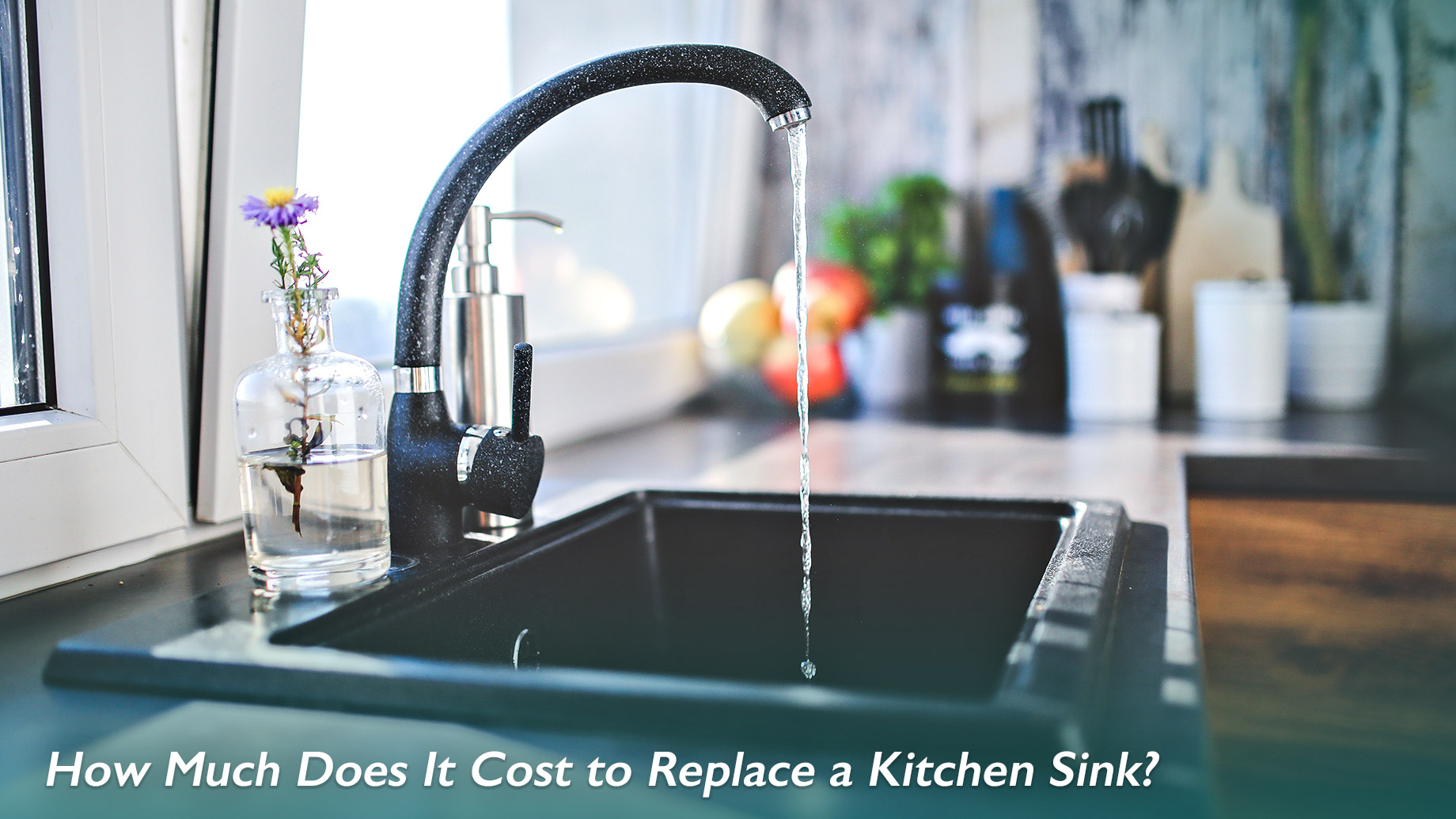
/25089301983_c5145fe85d_o-58418ef15f9b5851e5f392b5.jpg)




